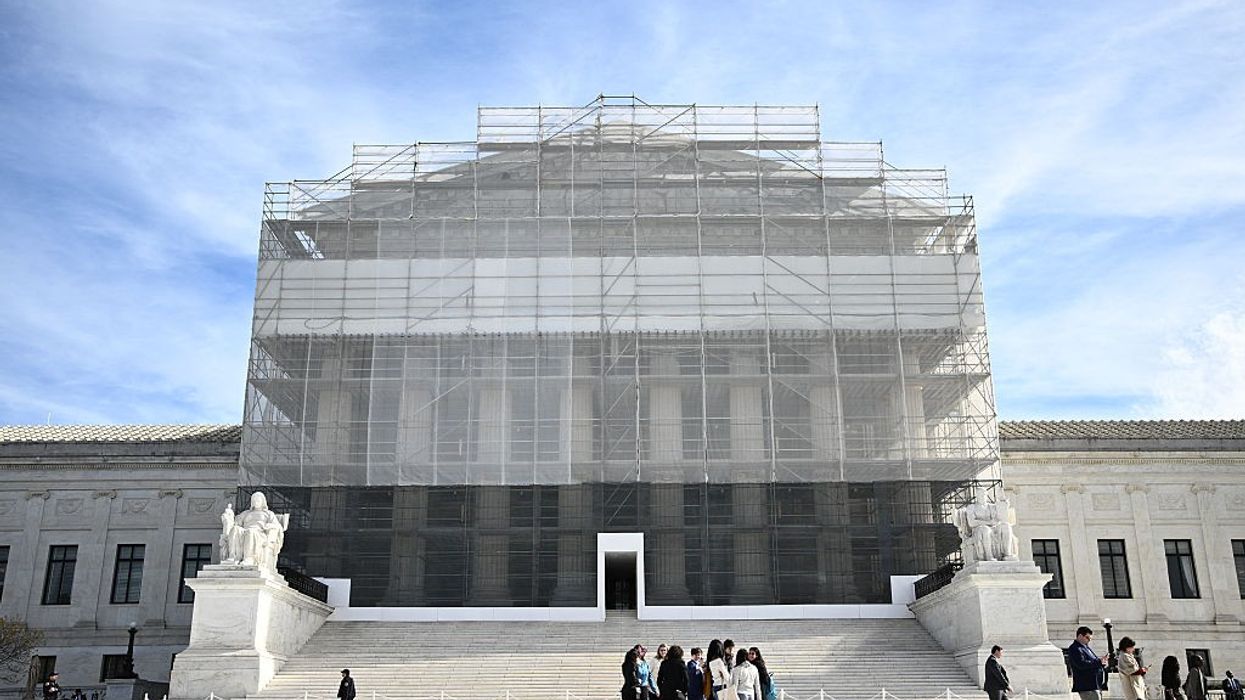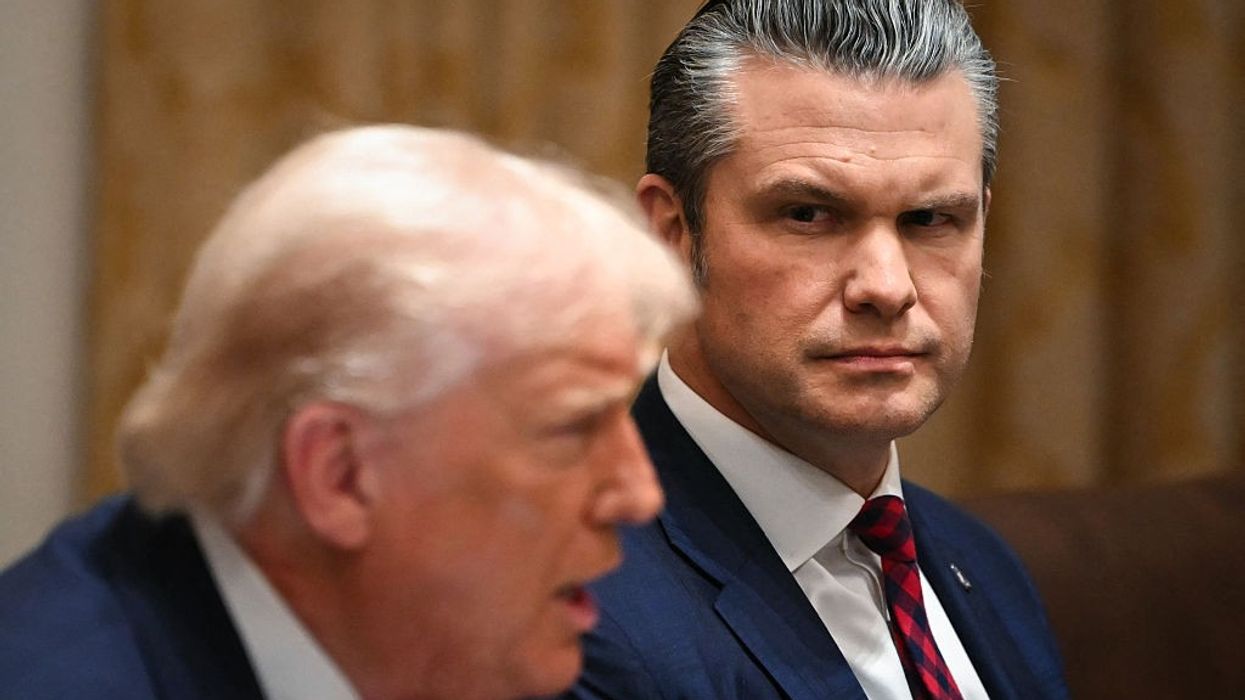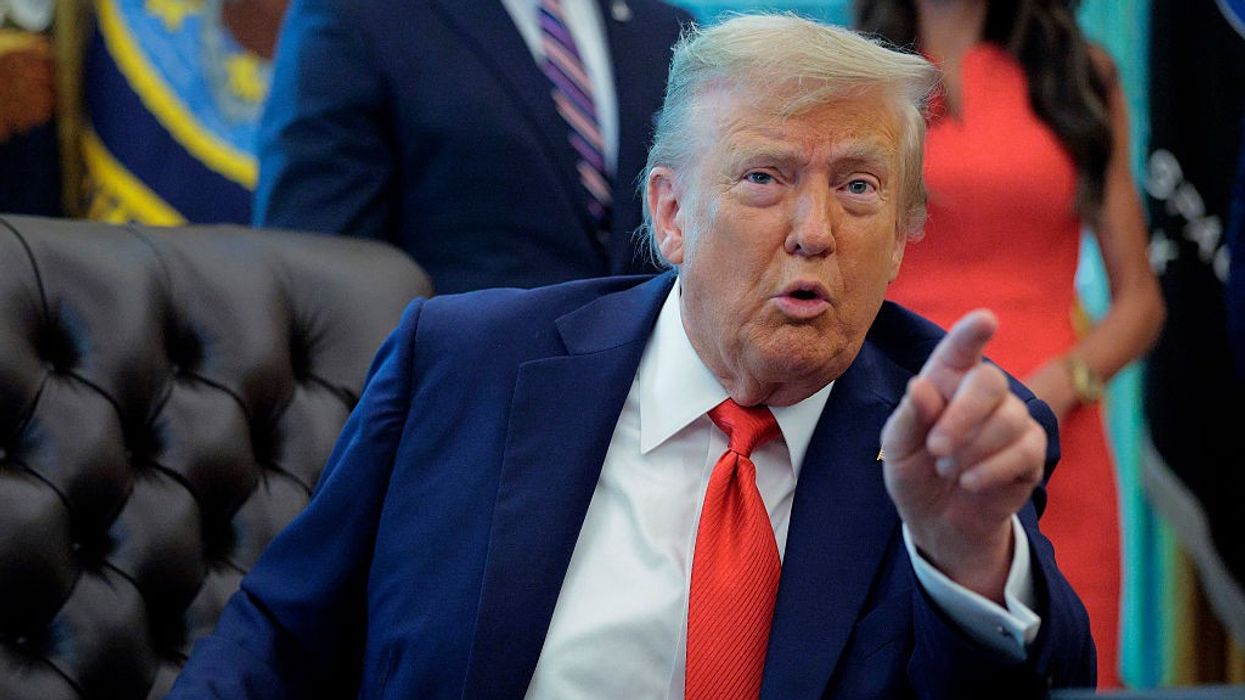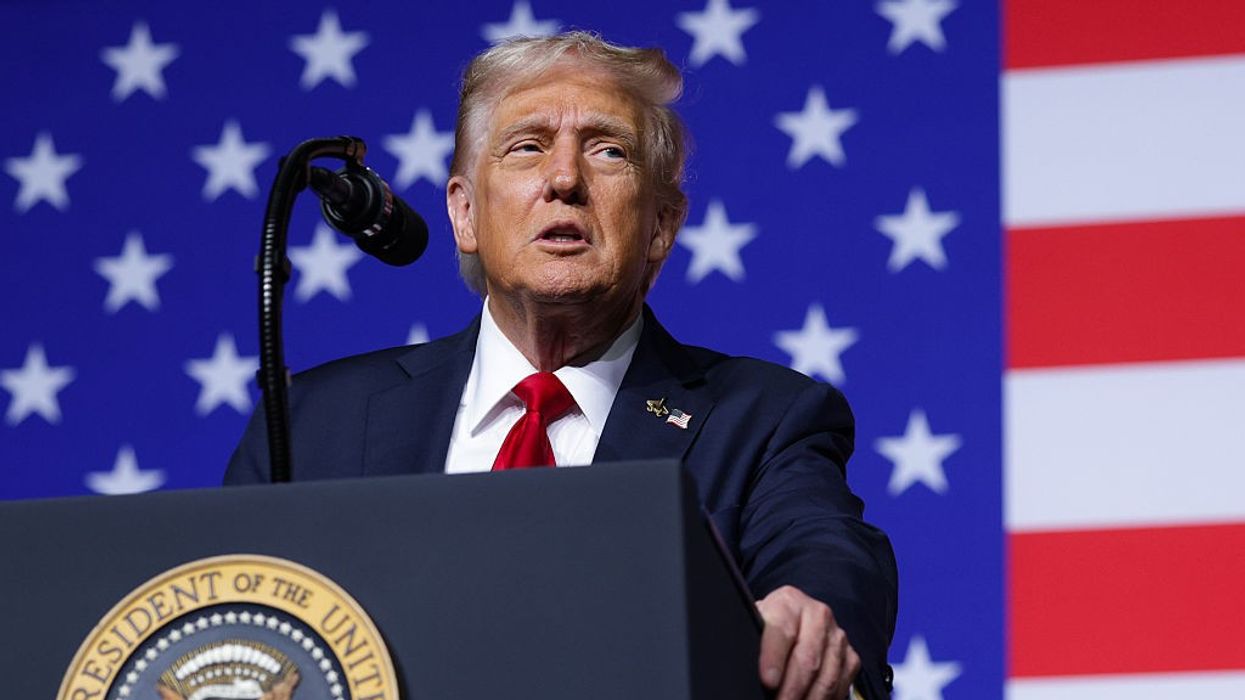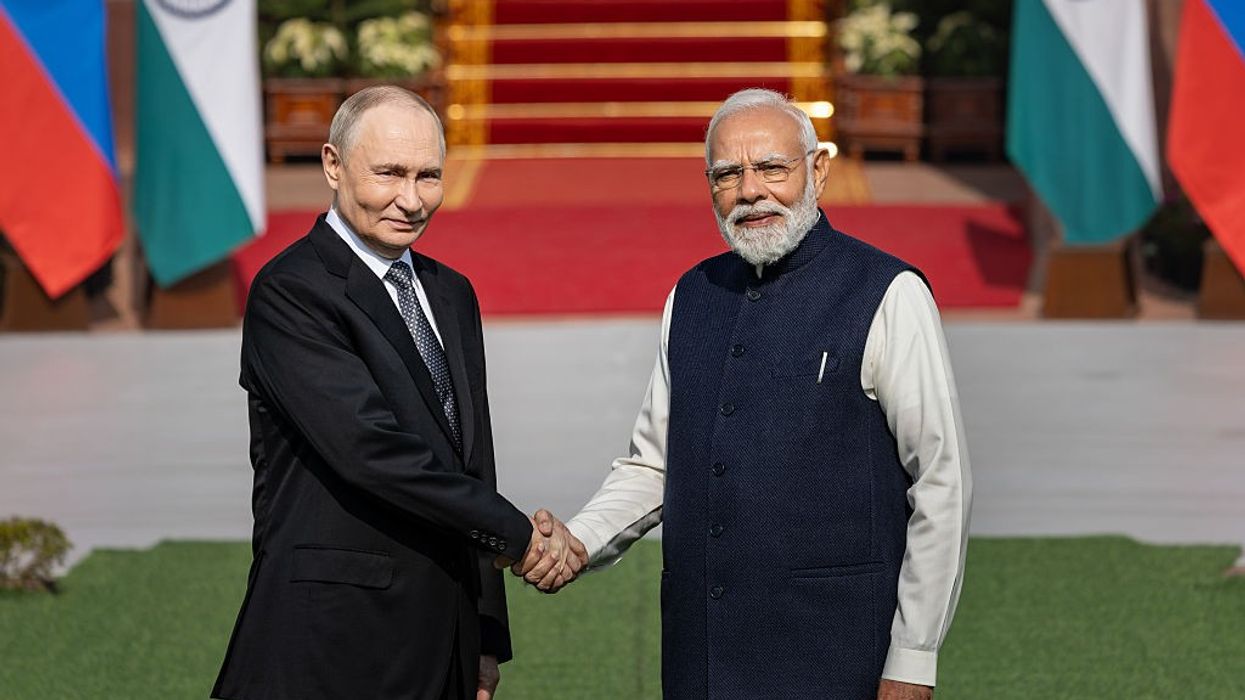- Exporters face a severe impact from Trump’s 25 per cent reciprocal and penal tariffs.
- Centre cautious about fiscal relief, focusing on long-term reforms.
- Commerce and Finance ministries are divided over SEZ and duty schemes.
- Exporters fear job losses, urge liquidity and policy support.
Talks on easing quality norms and boosting e-commerce exports are underway. Indian exporters are feeling the mounting pressure of steep US tariffs imposed earlier this year, as government ministries continue to deliberate over relief measures without announcing any concrete support package. Despite repeated appeals from businesses, the Indian central government remains in a wait-and-watch mode, focusing more on structural reforms than direct handouts.
Two key ministries, finance and commerce, have held meetings with exporters from affected sectors to assess the damage and explore temporary relief similar to that offered during Covid-19 crisis. However, sources say internal differences and fiscal caution have delayed decisions. “The government did provide free foodgrains during Covid, but the larger focus then too was on reforms for the long-term — creating an AatmaNirbhar Bharat. Now also, there have been discussions on what reforms can be pursued given the circumstances, with an eye on the medium to long term,” a senior official mentioned.
The impact of the tariffs imposed by president Donald Trump under the International Emergency Economic Powers Act is severe. India exported goods worth $87 billion to the US in 2024-25, and nearly 55 per cent of those exports are now affected. The situation worsened when an additional 25 per cent 'Russian penalty' tariff was levied in August due to India's oil imports from Moscow.
Exporters warn that prolonged inaction could result in job losses and loss of market share, especially in labor-intensive sectors like textiles, apparel and gems and jewellery. Many Special Economic Zone (SEZ) units have even sought denotification to exit, citing unsustainable conditions.
Differences persist between the two ministeries over the form of relief. The Commerce Ministry has proposed allowing SEZ units to sell in the domestic market through Domestic Tariff Area (DTA) sales and reverse job work, while the Finance Ministry remains unconvinced. Relief through schemes like Remission of Duties and Taxes on Exported Products (RoDTEP) and interest equalisation has also stalled.
Officials say discussions are ongoing to bolster e-commerce exports and MSME participation, while NITI Aayog is considering easing quality control orders to support domestic production. Export industry leaders, including the Gems and Jewellery Export Promotion Council and India SME Forum, have urged the government to introduce liquidity support, moratoriums on working capital loans, and extended export obligations until trade negotiations with the US progress.
Indian commerce minister Piyush Goyal and finance minister Nirmala Sitharaman have assured exporters of continued engagement, but now, the Indian government appears to be banking on resilience and long-term reforms rather than immediate fiscal relief.




